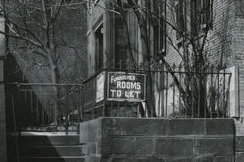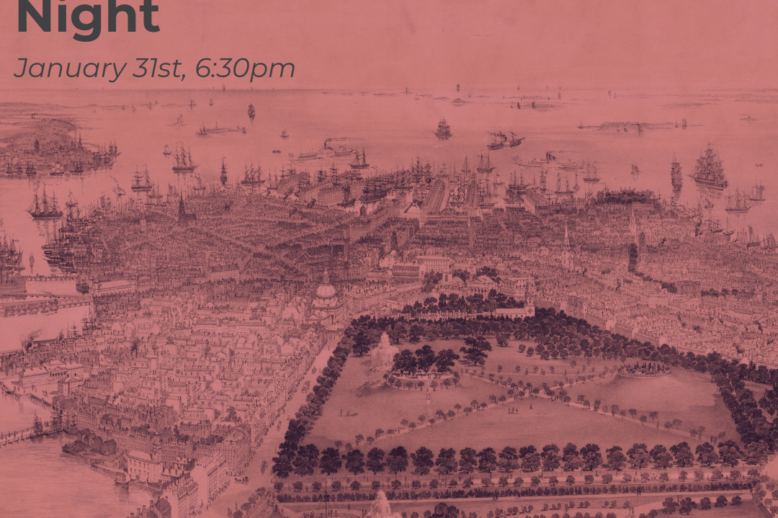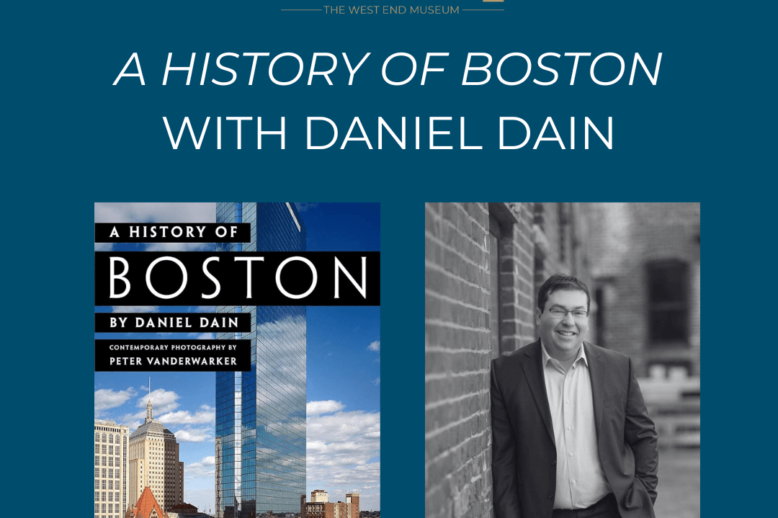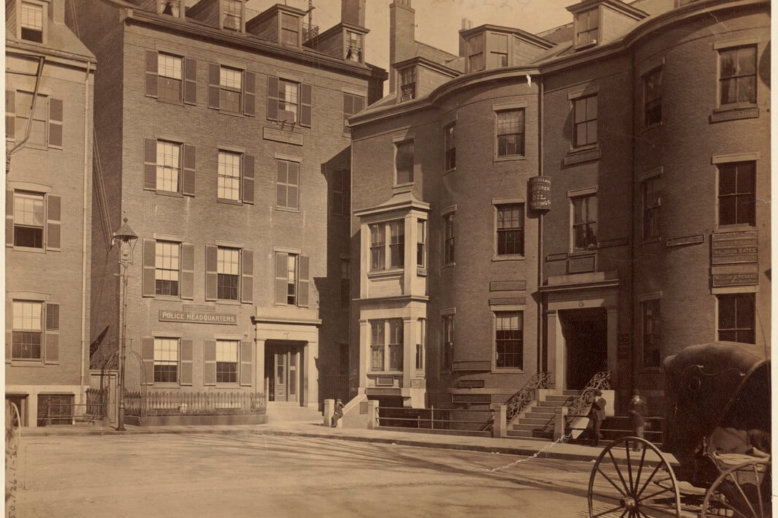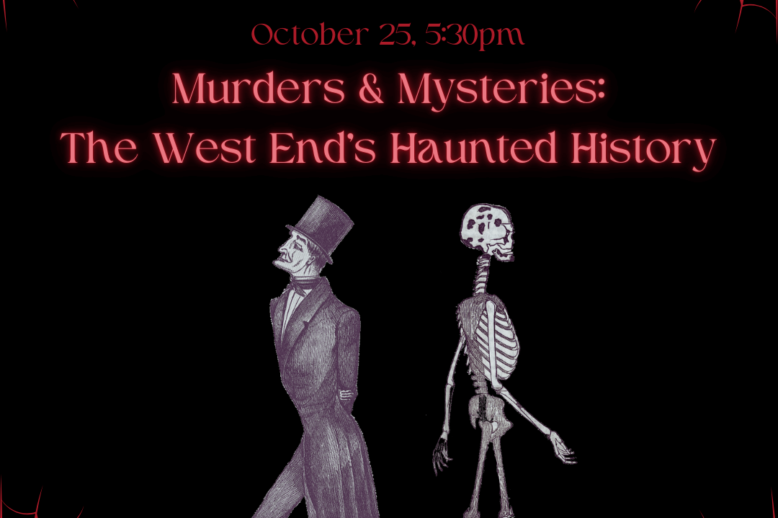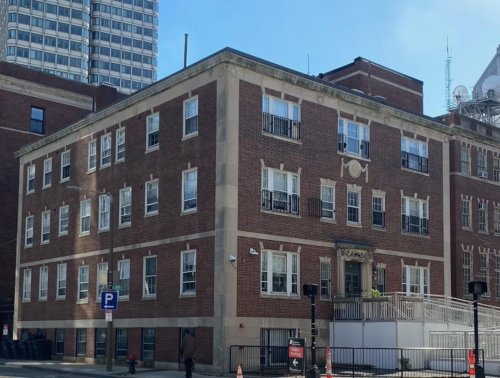Boarding Houses in the West End
Boarding Houses played an important role in the housing system during the age of industrialization and immigration in Boston and the West End. Along with lodging and rooming houses, they were the only alternative for those in need of affordable and transitional living space in the neighborhood until the arrival of tenements and apartment buildings. Boarding houses also offered women of the period one of the few ways to earn a decent income.


